Once upon a time, the American road was ruled by internal combustion, belching cylinders, and high-octane bravado. It was a world of horsepower and Hellcats, where every wide-open throttle moment felt like shaking hands with the divine.

But here we are in 2025, and the Wild West of motoring has gone electric. Not quietly, mind you, more like with the whirring charge of a stainless steel wedge that looks like it escaped from a sci-fi prop house. The Cybertruck is here, and it didn’t come to ask permission, so many owners are happy with the car.
It’s important to remember that the early disciples of the electric car weren’t trying to save a buck. That wasn’t the pitch. These were idealists, lab rats, and environmentalists, people who believed in something more than MPG. They got behind the wheel of something strange and silent for three reasons: to support a new technology, to experiment with it, or to try and keep the planet from cooking itself like a rotisserie chicken. These people weren’t driven by math, they were driven by vision.
A Vision To Reality
But vision has a funny way of becoming reality. Take Dick Pursley, a Texas native and recent convert from Ford’s diesel-burning F-250 to Tesla’s polarizing Cybertruck.
“I have had my Cybertruck AND Tesla Energy for my home for a little over 3 months now. I just received my 3rd electric bill from Tesla Energy.

I have about 5,400 miles on my CT and have spent a TOTAL of $15.31 on electricity to charge my CT (this includes the $5/month fee for unlimited night charging).”
“By comparison, the F250 diesel I had before got an actual average mpg of around 16. Figuring $3/gallon of diesel (quite conservative), that same mileage would have cost a little over $1,000.00 for fuel.”
How Much Do Tesla Owners Really Save?
- A Tesla Model Y owner reported spending approximately $2,000 on electricity over two years, whereas fueling a comparable gasoline vehicle, such as a Chevrolet Silverado, would have cost nearly $8,000 in the same period. This translates to a savings of about $6,000 over two years.
- Teslas have fewer moving parts than internal combustion engine (ICE) vehicles, leading to lower maintenance requirements. According to data from Hertz, Teslas cost 50-60% less to maintain than their ICE counterparts. This reduction is due to the elimination of routine services like oil changes and the decreased wear on components such as brakes, thanks to regenerative braking systems.
- When considering the total cost of ownership over several years, including purchase price, fuel, maintenance, and resale value, Teslas often prove more economical. A study by Atlas Public Policy found that EVs can deliver savings over a seven-year period compared to similar gasoline vehicles, factoring in all associated costs. These savings are further enhanced by potential tax incentives and lower depreciation rates for EVs.
Pursley’s numbers are real, and they tell a story not just about technology, but about how the definition of practicality is shifting beneath our feet. His charging setup? Almost comically simple,
“I’m in Houston, Texas. Here in Texas we can choose our electricity supplier. I chose Tesla Electric and they have an unlimited night charging option. Normally $15/month, but since I am a new CT owner, they offered it for $5/month. I plug my CT in when I get home from work. At midnight it starts charging and charges until done or 06:00, whichever comes first. Again, $5/month for UNLIMITED charging for FREE.”
Commenter Dar Yoon then pointed out on the same thread,
“That’s an amazing savings. Some people don’t realize that with EV, one can have options that we don’t have when fueling up the traditional way.”
Fulfilling An Ecosystem
It gets deeper. This isn’t just about filling up, or not filling up. It’s about an ecosystem. Pursley isn’t alone. From solar-powered homes to energy arbitrage schemes that would make an Enron exec blush, EV owners are plugging into a different kind of future.
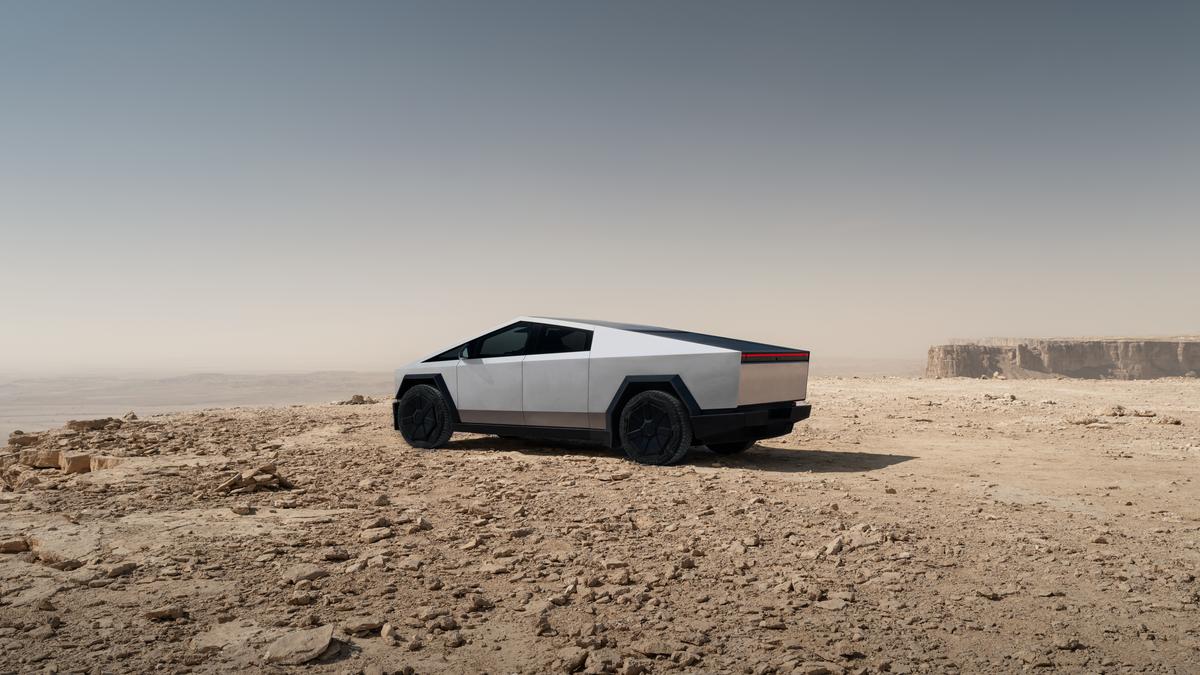
One where your vehicle charges itself off the sun while you sleep. One where your garage hums with more autonomy than a gas station, and nobody smells like diesel after a morning commute. As Yoon added,
“I love that mine soaks up any excess solar that is available during the day after the home batteries are charged up. The solar system ROI was less than originally expected. And those years flew by in the blink of an eye.”
Meanwhile, diesel trucks are falling apart in the most expensive ways imaginable. One user on CybertruckOwnersClub.com put it bluntly:
“In my fleet, we’ve replaced the DEF systems on a GMC 3500 with under 30k of miles, two Ford F450s under 100k, one Ford F550 under 80k, and also a Ram 5500 under 25k. All of which were at a minimum $7500. Some were covered under warranty, but at minimum, a truck was out several weeks/months to replace.”
The tyranny of emissions hardware, the downtime, the thousands in repair bills, these aren’t just nuisances, they’re deal-breakers.
Do Tesla Owners Save On Maintenance?
- On average, maintaining a Tesla costs approximately $330 less per year than a comparable internal combustion engine (ICE) vehicle. This reduction stems from fewer moving parts and the absence of components like oil filters and spark plugs, which require regular replacement in ICE vehicles.
- Over a five-year period, Tesla owners can expect to spend between $580 and $1,817 on maintenance, whereas traditional vehicles may incur costs ranging from $2,450 to $5,262. This significant difference is due to Tesla's simplified design, which minimizes wear and tear on components.
- Tesla vehicles eliminate the need for routine services common in ICE vehicles, such as oil changes, timing belt replacements, and exhaust system repairs. Additionally, features like regenerative braking extend the lifespan of brake components, further reducing maintenance needs.
And here we are. Ten years ago, buying an EV was a bold ideological stance, like switching from beer to green juice. Now? Now it’s looking like the most rational financial decision a driver can make. From Texas to Toledo, drivers are discovering that electrification doesn’t just change how we fuel, it changes everything. The revolution isn't in the battery pack or the solar panel or the app that controls it all. The revolution is in the realization that the electric car, once a passion project, is now just... a smarter way to drive.
The F-250 Drained His Wallet
So yes, Pursley spent $15 to drive 5,400 miles. And yes, his old F-250 would’ve drained over a thousand bucks to cover the same distance. But the real story isn’t just about money saved, it’s about a tectonic shift in automotive logic. When trucks stop breaking down and start powering your house, when charging costs less than a fast-food combo meal, when the future shows up in stainless steel and doesn’t apologize for the way it looks, that’s when you know the revolution didn’t just arrive.
Have you calculated how much money you've saved by switching to an electric vehicle?
How much have you saved? Let us know in the comments below.
Image Sources: Tesla Media Center
Noah Washington is an automotive journalist based in Atlanta, Georgia. He enjoys covering the latest news in the automotive industry and conducting reviews on the latest cars. He has been in the automotive industry since 15 years old and has been featured in prominent automotive news sites. You can reach him on X and LinkedIn for tips and to follow his automotive coverage.








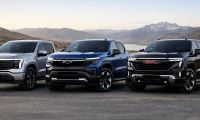
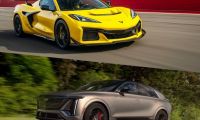
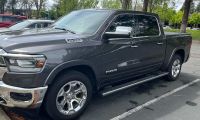

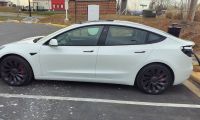
Comments
Cool story, bro, but now you…
Permalink
Cool story, bro, but now you're stuck with a vehicle made out of aluminum and glue. Not a wise choice, we will have to agree, of course.
That's good however your…
Permalink
That's good however your soon to be repair bills will make up for all you fill u save..
Spend $80-100k to save $985…
Permalink
Spend $80-100k to save $985 that's some solid math right there.
Who cares that you saved a…
Permalink
Who cares that you saved a couple thousand been it costs thousands more just to insure it and tires. Now, when it comes to repairs good luck.